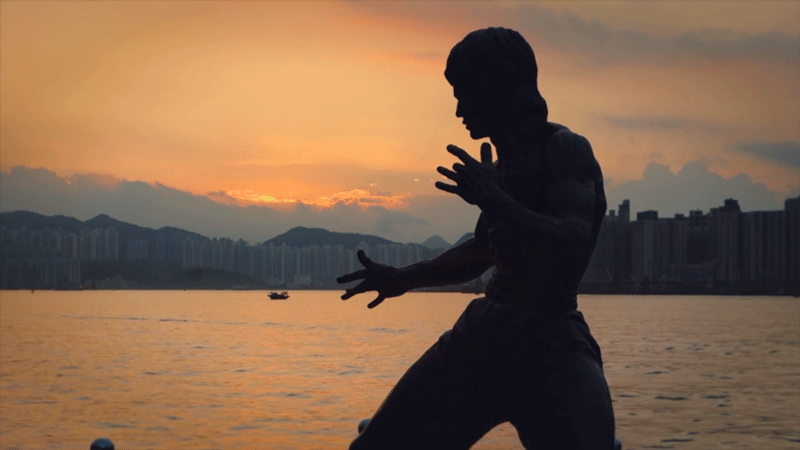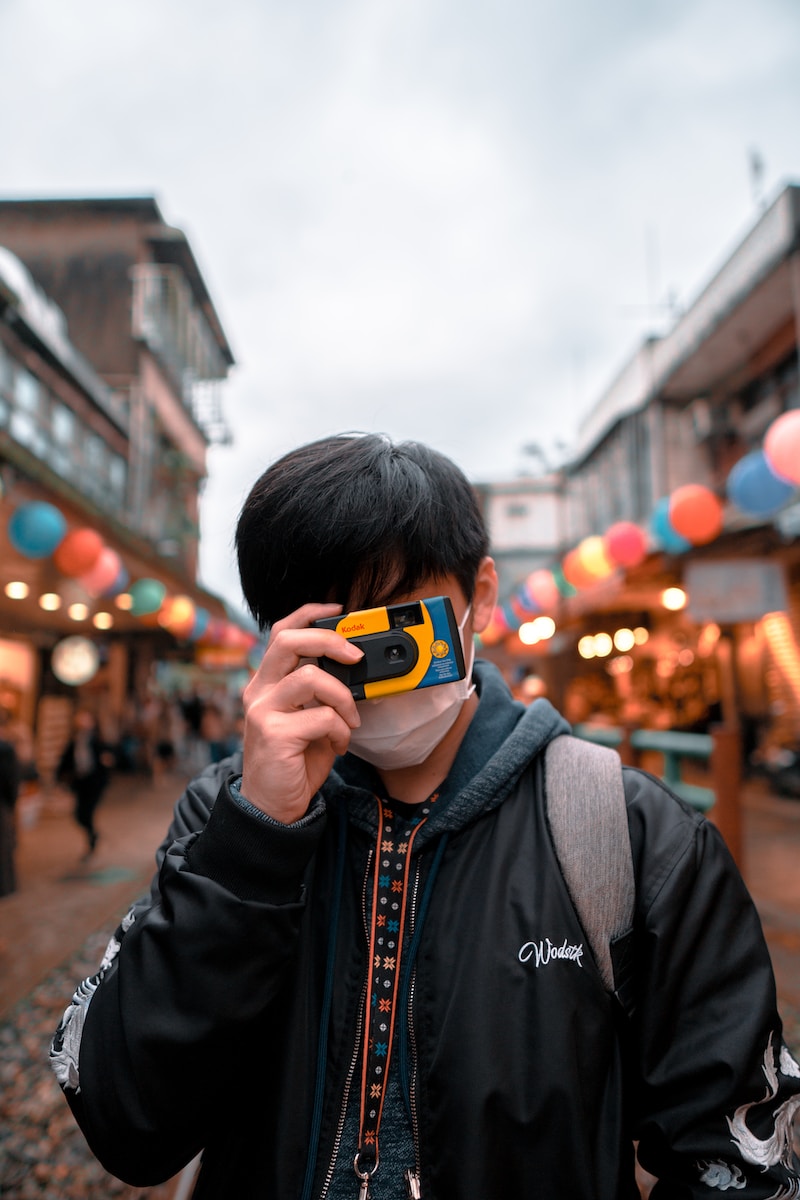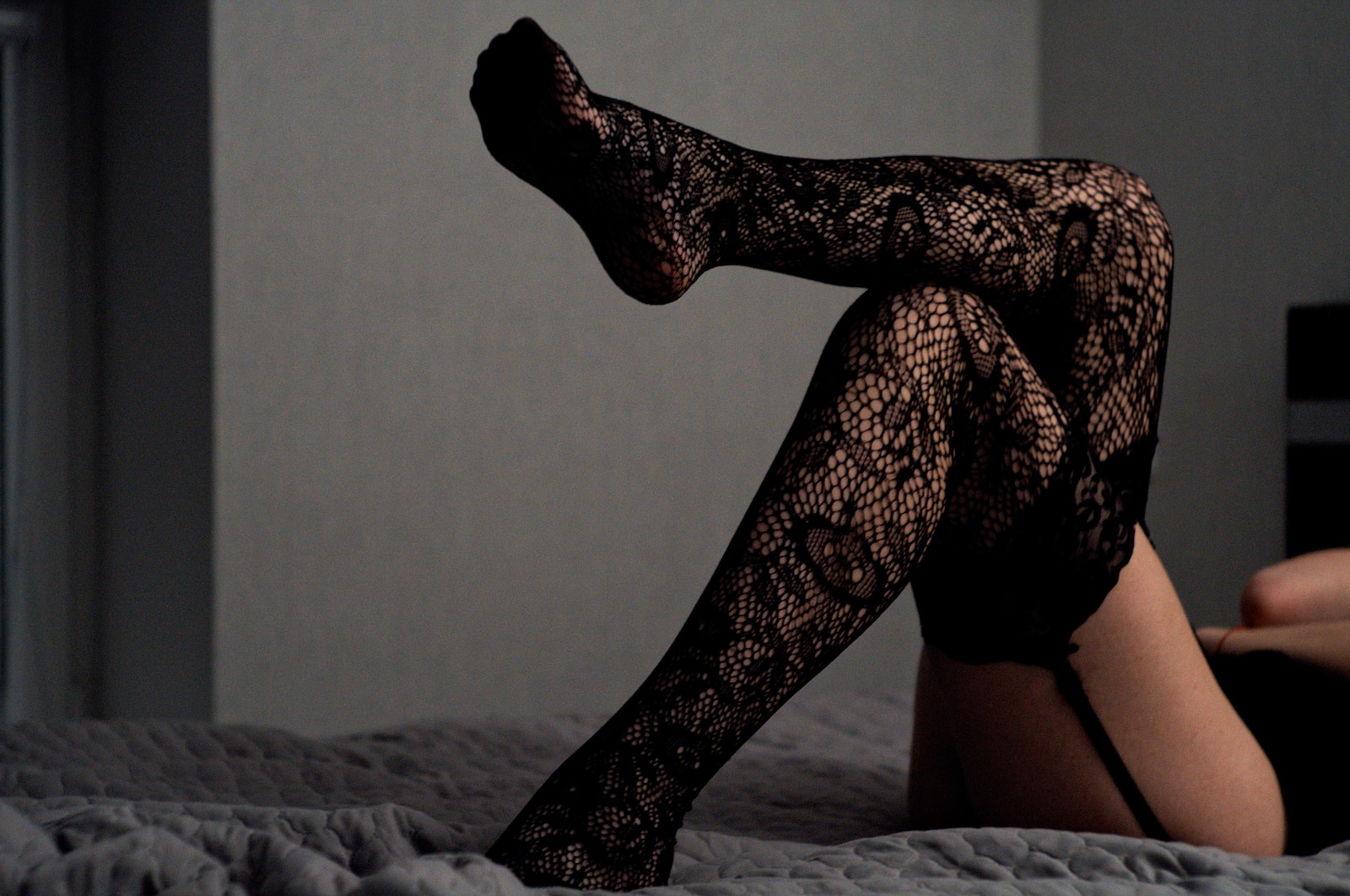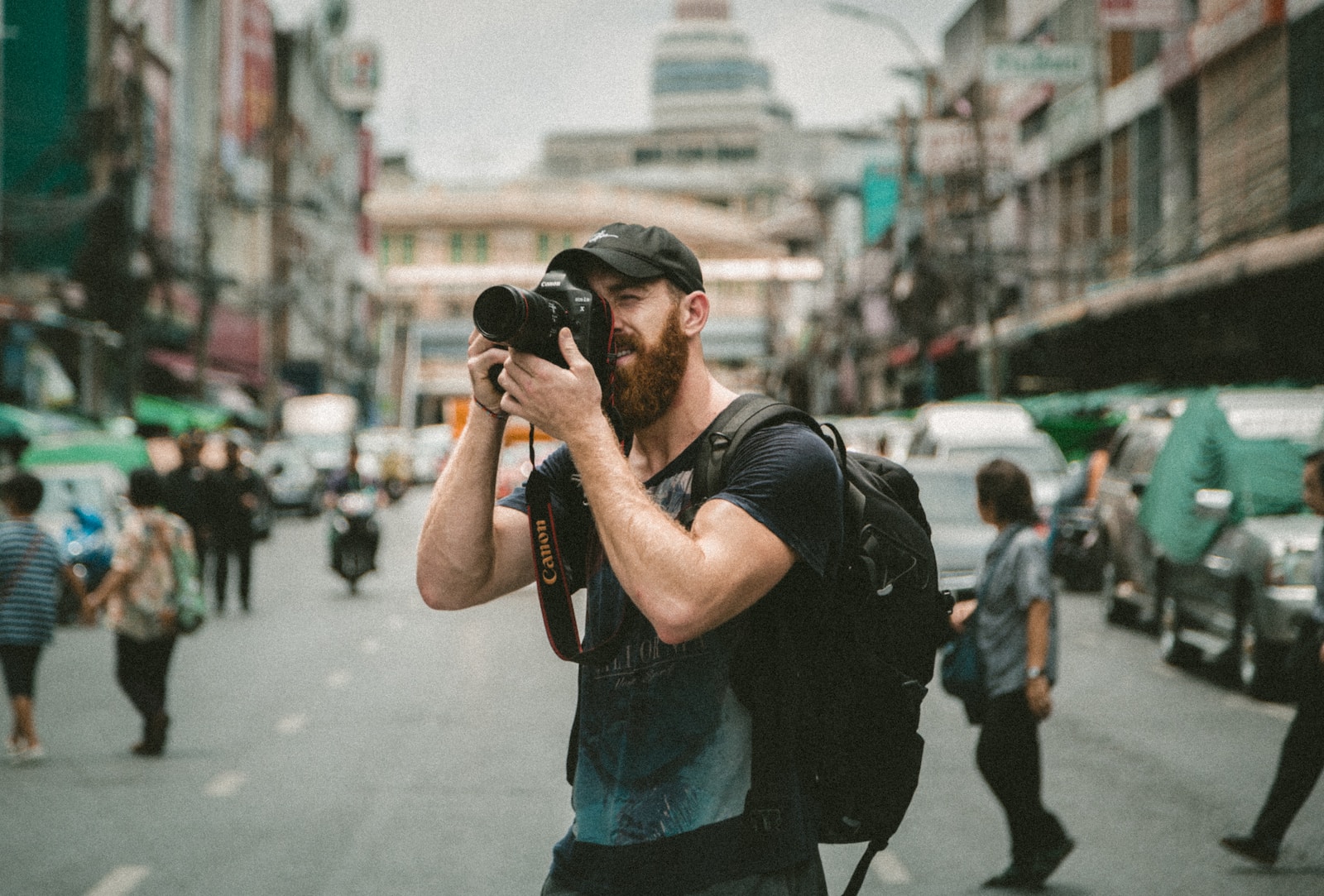Welcome to the captivating world of cinemagraphs! If you have ever wondered how to bring your still photos to life, then you’ve come to the right place. In this blog, we will explore the enchantment of cinemagraphs, a mesmerizing blend of photography and moving pictures. Whether you are a professional photographer or simply a lover of all things visually stunning, this guide will provide you with the knowledge and tools to create your own living photos. Get ready to embark on a journey into the magical realm of cinemagraphs!
Table of Contents
- The Art of Cinemagraphs: Capturing the Magic of Moving Pictures
- The Best Camera for Cinemagraph Photography
- The Best Time for Capturing Stunning Cinemagraphs
- Frequently Asked Questions
- What are cinemagraphs?
- How are cinemagraphs different from traditional photographs?
- What equipment do I need to create cinemagraphs?
- Can I create cinemagraphs without professional photography experience?
- Where can I find inspiration for cinemagraph ideas?
- How can I promote my cinemagraphs and gain exposure?
- Are there any specific editing techniques for cinemagraphs?
- Can I monetize my cinemagraphs?
- Where can I learn more about creating cinemagraphs?
- Wrap Up:
The Art of Cinemagraphs: Capturing the Magic of Moving Pictures
When it comes to photography, there’s a whole world beyond still images. Cinemagraphs are a growing trend that allows you to bring your photos to life with a touch of magic. By combining the elements of photography and motion, cinemagraphs create mesmerizing images that capture the viewer’s attention. In this article, we will introduce you to the captivating world of cinemagraphs and guide you on how to create your own moving pictures.
Choosing the Perfect Subject
The key to a great cinemagraph lies in selecting the right subject. Look for scenes that have a balance between static and dynamic elements. For example, flowing water in a serene landscape or a person striking a pose amidst a busy city street. These contrasting elements will add depth and intrigue to your cinemagraphs, making them truly mesmerizing.
Furthermore, pay attention to the details of your subject. Look for elements that have subtle movements, such as flickering lights, rustling leaves, or gently swaying clothes. These small nuances will enhance the overall effect of your cinemagraph and create a more immersive experience for the viewer.
Capturing the Perfect Shot
Now that you’ve chosen your subject, it’s time to capture the perfect shot. The key is to have a stable base for your camera, such as a tripod, to ensure a steady image. This will make it easier to isolate the moving elements in post-production.
When shooting, consider using a fast shutter speed to freeze the motion of the static elements in your photo. This will create a sharp contrast between the still and moving elements, resulting in a more visually striking cinemagraph.
Experiment with different angles and perspectives to make your cinemagraphs more dynamic. Capture the subject from various distances, heights, and angles to add depth and dimension to your images. Don’t be afraid to get creative with your compositions. Play with different lighting techniques, reflections, and foreground-background interactions to make your cinemagraphs truly unique.
Remember, practice makes perfect. Keep experimenting and refining your skills to develop your own style and signature look when capturing cinemagraphs.
Did you know that cinemagraphs were first created by photographers Jamie Beck and Kevin Burg in 2011? They combined the beauty of still photography with subtle, seamless motion to create a mesmerizing effect that brings images to life.
The Best Camera for Cinemagraph Photography
When it comes to capturing stunning cinemagraphs, having the right camera is crucial. While the specific camera brand may not be mentioned in this article, there are certain features and qualities you should look for.
Firstly, opt for a camera with manual controls. This will give you full control over the exposure, focus, and other settings, allowing you to create the desired effect in your cinemagraphs. Additionally, a camera with a fast burst mode will be beneficial for capturing motion smoothly.
Recommended Equipment
- Wide Angle Lens: A wide-angle lens allows you to capture a large frame and include more details in your cinemagraphs. It is particularly useful for scenic or landscape cinemagraphs.
- Macro Lens: If you’re interested in capturing close-up cinemagraphs with intricate details, a macro lens is a must-have. It will enable you to focus on small subjects and bring out their beauty.
- Sturdy Tripod: To maintain consistency and minimize camera shake, investing in a sturdy tripod is essential. This will keep your camera stable and ensure your cinemagraphs look professional and smooth.
- Remote Shutter Release: A remote shutter release allows you to trigger the camera’s shutter without physically touching it. This eliminates any potential vibration or movement caused by pressing the shutter button, resulting in sharper cinemagraphs.
- Neutral Density (ND) Filters: ND filters help control the amount of light entering the camera, allowing you to achieve longer exposures even in bright conditions. This is especially useful when creating cinemagraphs with flowing water or clouds.
- External Flash: An external flash provides additional lighting when shooting in low-light situations or for adding creative effects to your cinemagraphs. It helps highlight the subject and adds a touch of drama.
Remember, the above equipment recommendations are just examples, and there are alternatives available based on your preferences and budget. The key is to understand the purpose of each item and how it can enhance your cinemagraph photography.
By choosing the right camera and equipment, you’ll be well on your way to creating captivating cinemagraphs that breathe life into your photography.
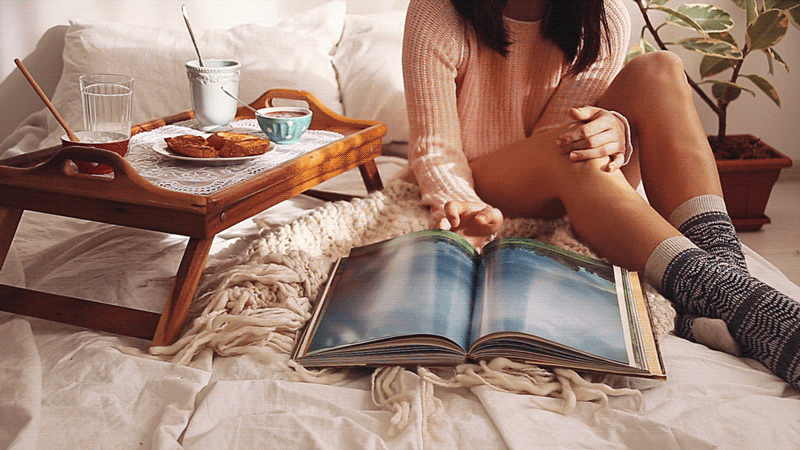
The Best Time for Capturing Stunning Cinemagraphs
To bring your cinemagraphs to life, timing is everything. Choosing the right time of year can make a significant difference in the overall aesthetic and mood of your photos.
One incredible time of year to capture stunning cinemagraphs is in the vibrant season of autumn. Imagine a gentle breeze rustling through colorful leaves, creating a mesmerizing movement. The changing foliage and soft sunlight of this season provide a perfect backdrop for your cinemagraphs, immersing your viewers in the beauty of nature.
Alternatively, spring can offer a world of inspiration for your living photos. Picture delicate flowers swaying in the breeze, their petals glistening with drops of morning dew. This time of year brings freshness and rebirth, providing a captivating atmosphere for your cinemagraphs.
Depending on the concept you have in mind, different times of day can also enhance the artistic impact of your cinemagraphs. The golden hour, which occurs shortly after sunrise or before sunset, bathes your subjects in warm, soft light, adding a touch of magic and romance to your compositions.
On the other hand, if you seek a more mysterious and experimental ambiance, consider shooting at twilight. The transitional period between dusk and darkness offers unique lighting and dramatic shadows that can truly make your cinemagraphs stand out.
Finding the Perfect Vantage Points
As a photographer, selecting the right vantage points and positions for your cinemagraphs is crucial. It allows you to tell a compelling story and create a sense of depth and dimension in your living photos.
An excellent vantage point is often dependent on the subject matter of your cinemagraph. For example, if you’re capturing a cinemagraph of a bustling cityscape, finding a high vantage point can offer a sweeping view of the urban landscape and the buzz of activity below. This perspective allows viewers to appreciate the moving details within the scene while capturing the essence of the city.
In contrast, if your cinemagraph revolves around natural elements like flowing water or swaying grass, getting down to ground level can create a more intimate and immersive experience for your audience. This viewpoint brings viewers closer to the subtle movements in nature, evoking a sense of tranquility and connection.
Don’t be afraid to experiment with different angles and positions. Sometimes, a unique viewpoint can completely transform the mood or story of your cinemagraph. For example, shooting from a low angle can add drama and emphasize the grandeur of your subject, while shooting from a closer distance can reveal intricate details that might otherwise go unnoticed.
Remember, every subject has its own ideal vantage point. Take the time to explore different positions and perspectives, and let your creativity guide you to find the perfect angle for your cinemagraphs.
Did you know that cinemagraphs are created by shooting a short video clip, then selecting a still frame to animate while keeping the rest of the scene still? This technique adds a mesmerizing element of motion to your photos, giving them a unique charm. Experiment with different camera angles and capture moments that evoke emotion to create stunning cinemagraphs.
Frequently Asked Questions
What are cinemagraphs?
Cinemagraphs are a form of photography that combines still images with subtle, repeated motion to create mesmerizing visual experiences. They are essentially moving pictures that capture a moment in time while maintaining the illusion of continuous motion.
How are cinemagraphs different from traditional photographs?
Unlike traditional photographs that capture a single still moment, cinemagraphs add a touch of movement to create an immersive and dynamic visual story. They bridge the gap between photography and videography, offering a unique way to express creativity and capture viewers’ attention.
What equipment do I need to create cinemagraphs?
You can create cinemagraphs using just a camera and a tripod. The most important factor is to have a steady shot, as any movement in the frame can make the cinemagraph appear jittery. Additionally, you might consider using photo editing software to fine-tune and add the subtle motion to your cinemagraphs.
Can I create cinemagraphs without professional photography experience?
Absolutely! While some technical knowledge in photography can be helpful, creating cinemagraphs doesn’t require extensive experience. With some practice and experimentation, anyone can learn to capture and edit cinemagraphs to bring their pictures to life.
Where can I find inspiration for cinemagraph ideas?
The possibilities for cinemagraphs are endless! Start by exploring different subjects such as nature, urban environments, people, or everyday objects. Look for subtle movements and areas of interest within your frame. You can also search online for cinemagraph galleries and communities to get inspired by other creators’ work.
How can I promote my cinemagraphs and gain exposure?
Sharing your cinemagraphs on social media platforms such as Instagram, Facebook, and Pinterest is a great way to reach a wider audience. Utilize relevant hashtags, engage with other creators in the cinemagraph community, and consider collaborating or submitting your work to photography blogs or websites to gain exposure.
Are there any specific editing techniques for cinemagraphs?
While there isn’t a one-size-fits-all technique for editing cinemagraphs, there are some common practices. Typically, you’ll need to isolate the moving elements from the rest of the image, create a seamless loop, and adjust the speed and duration of the motion to achieve the desired effect. Experiment with different editing software and techniques to find your preferred workflow.
Can I monetize my cinemagraphs?
Yes, you can monetize your cinemagraphs in several ways. Consider licensing your work for commercial use, selling prints or digital downloads, or offering your services as a cinemagraph creator for businesses and brands. Building a strong portfolio and promoting your work effectively can help attract potential clients and opportunities.
Where can I learn more about creating cinemagraphs?
There are numerous online resources, tutorials, and courses available that delve deeper into the art of creating cinemagraphs. Explore photography and videography blogs, join photography communities, and experiment with different techniques to enhance your skills and expand your knowledge in the world of cinemagraphs.
Wrap Up:
Now that you are familiar with cinemagraphs, it’s time to unleash your creativity and bring your pictures to life. By following this guide, you can capture captivating moments and turn them into mesmerizing moving pictures. Remember to experiment with different subjects, techniques, and settings to create truly unique cinemagraphs.
Don’t forget to share your creations with the world! Share them on social media, connect with other photographers, and inspire others to try their hand at cinemagraphs. And speaking of connection, I would love to hear about your experiences and any questions you may have. Leave a comment below and let’s start a conversation about cinemagraphs and the amazing world of living photos!
